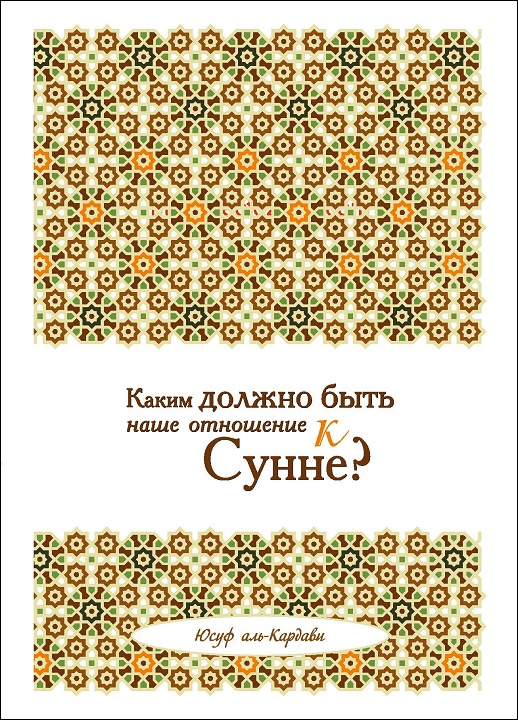
The Sunnah still provides the stable moral framework – the grammar – that enables Muslims, by formal rules and inward sense, to know right from wrong. However, separation from the mainstream of life puts the Sunnah in danger of becoming rigid – an archaism. Addressing that danger, this book explains how the Sunnah can function as the grammar of a living, adaptive language, capable of guiding (and not shying from) the mainstream. The first chapter sets out the qualities that characterize authentic application of the Sunnah: universality, coherence (so that different spheres of human responsibility are not split), compassionate realism, moderation, and humility. The second explains standards and procedures for determining the Sunnah in the fields of jurisprudence and moral instruction. The third chapter illustrates through detailed examples common errors in understanding the Sunnah – reading hadiths singly without sufficient context, confusing legal and moral injunctions, means and ends, figurative and literal meanings…–and it proposes remedies for these errors. Shaykh Yusuf Al-Qaradawi is one of the Islamic world’s most widely respected and prolific scholars. His works have remained popular over many decades. Among the best known of his books to appear in English is “The Lawful and the Prohibited in Islam” (first edition 1994). (2006). Keywords: approaching the sunnah, muslims’ duty, the sunnah, understanding the sunnah, legislation and guidance, rejection of hadiths, hadith and fiqh, legacy of fiqh, ibn hajar al-haythami‚ targhib and tarhib, understanding of the sunnah, al-bukhari‚ ibn taymiyyah, hadith, unseen and the visible, lexical meanings, taswir
Paperback : ISBN: 978-9975-66-577-3 $16.95 eBook : ISBN: 978-1-64205-831-4 free Size/pages/year : (6x9) / 280 p. / 2017
